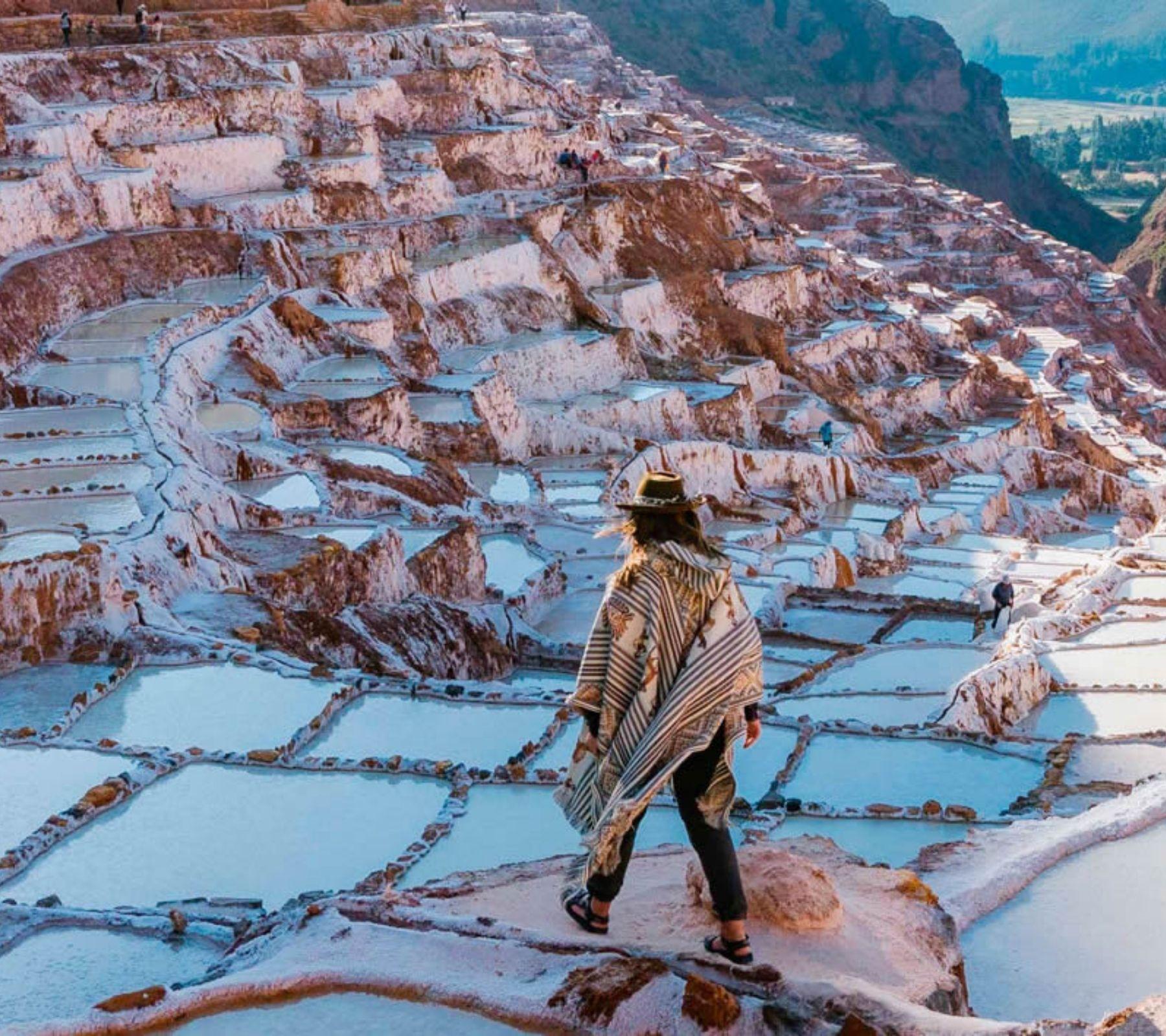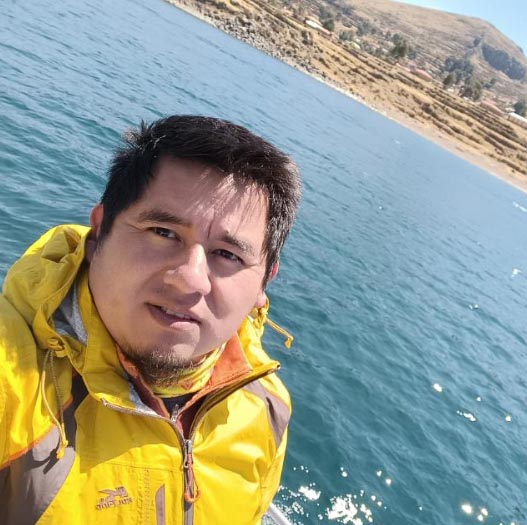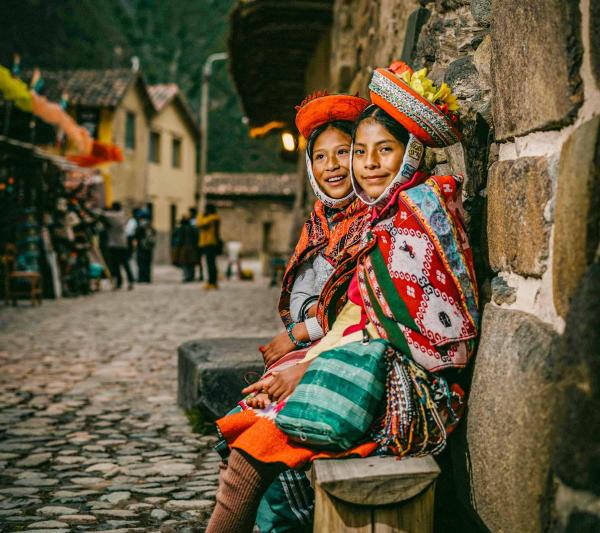The Sacred Valley of the Incas is one of the most important destinations in South America. It is home to beautiful traditional villages settled since colonial times, such as the community of Maras. There, the Incas built ancient citadels such as Pisac, Ollantaytambo and Chinchero. They also cultivated a great diversity of agricultural products on terraces such as Moray. Today, all these places are very attractive tourist attractions for visitors, before or after visiting Machu Picchu.
Where is the Sacred Valley of the Incas?
The Sacred Valley of the Incas is located in the province of Urubamba in Cusco, Peru. It is located 15 kilometers northeast of the city of Cusco.
You can get there by paved road from the city of Cusco. A car trip through one of the nearest towns will take you around 40 minutes.
From there you can move around the other towns in the valley. It is also possible to get there by train. This journey ends in the town of Machu Picchu.
History of the Sacred Valley of the Incas
The Sacred Valley was inhabited by small Andean communities until the conquest of the Incas (mainly under the rule of Emperor Pachacutec from 1438 to 1471).
Then, a period of important construction of terraces, temples and cities began, such as: Ollantaytambo, Moray and even Machu Picchu.
During the Inca civil war (1529 – 1532), the inhabitants of the valley remained loyal to the army of Huáscar.
With the arrival of the Spanish, the rebel Inca Manco Inca fled through the Sacred Valley, burning Chinchero and settling in Ollantaytambo where he fiercely fought the invaders. Faced with his imminent fall, he settled in the inaccessible jungle and established his kingdom in Vilcabamba.
With the conquest, the fertile territories of the valley were distributed by the Spanish. The main temples were destroyed and Christian churches were built in their place.
Today many parts of the Inca archaeological sites are deteriorated, either by time or damage caused by the Spanish.
Even so, the Sacred Valley of the Incas is a very visited tourist destination. The inhabitants preserve many of the ancestral traditions, even from the Inca era.
All the places you can visit in the Sacred Valley
Pisac
The town of Pisac is located 33 kilometers from the city of Cusco (it is known as the gateway to the Sacred Valley). It is world famous for its craft market and its impressive archaeological remains, located in the upper part of the town. This town is important for its location and fertile lands. Its Inca and colonial constructions are admirable. In addition, Pisac is famous for being an ideal place for spiritual retreats.
Urubamba
Urubamba is one of the most important cities in the Sacred Valley of the Incas. It was born during the colonial period and is considered the world capital of corn. This is possible because it is irrigated by numerous rivers that originate in the peaks of the glacial mountains. This entire territory was appreciated by the Incas due to the fertility of its lands. It is one of the best places to relax. There you will see many foreigners who decided to leave their countries and stay there.
Ollantaytambo
Ollantaytambo is located 97 kilometers northeast of the city of Cusco. During the Inca era it was a fortified city with temples, defensive walls as well as urban and agricultural sectors. It is known that it served as an administrative control post. It is considered one of the most important archaeological sites in Peru and South America. Many people consider that, after Machu Picchu, Ollantaytambo is the most perfect Inca citadel.
Chinchero
The town of Chinchero is located 28 kilometers from the city of Cusco. It is one of the points in the valley located at the highest altitude: 3,772 meters above sea level (12,375 ft). There was the palace of Emperor Túpac Yupanqui, which was destroyed by the Spanish. In its place they built the colonial church of Nuestra Señora de Monserrat. This church built in the 17th century includes paintings from the ‘Cusco School’. The town is also famous for its craft market where you can still barter.
Maras
The town of Maras is famous for its proximity to the hundreds of salt wells that form a spectacular landscape. There you can see more than 5 thousand salt extraction pools built in the time of the Incas. A salt water spring and the slope of the Qaqawiñay mountain were used for their construction. The Maras salt mines are one of the 4 places in the world where you can obtain pink salt. The inhabitants sell this salt in the main markets of Cusco.
Moray
The town of Moray is located 74 kilometers from the city of Cusco and is home to the famous Inca circular terraces. This set of concentric circular terraces gives the sensation of being an artificial crater. This place was one of the main ‘agricultural research centers’ of the Inca empire. It was dedicated to the experimentation and planting of crops from different places. The different climates and altitudinal floors were built with the intention of making it possible to plant products from the coast and jungle in cold climates.
Yucay
This quiet town is located 55 kilometers by road from the city of Cusco. In Inca times, the fertile lands of this place were used mainly for agricultural production. The emperor Huayna Capac ordered the construction of a series of terraces and palaces there. During the colonial period, the lands of Yucay were distributed by the Spanish rulers who ordered the construction of churches and houses on the ancient Inca buildings. Today, it is a welcoming place for visitors interested in history since Inca walls and terraces are still preserved.
All the sports you can do in the Sacred Valley
Quad bike – One of the most popular adventure sports in the Sacred Valley is the route that connects Chinchero, Maras and Moray on a quad bike. During the route, tourists can visit the terraces of Moray and the Maras Salt Mines.
Trekking – There are several hiking routes in the valley. Perhaps one of the most popular of all is the Inca Trail, a route that begins in a section of Ollantaytambo and ends in Machu Picchu, after 39 kilometers of Inca paths.
Rock climbing – The via ferrata or rock climbing is practiced in the Pachar sector in Urubamba. It uses ropes, staples, handrails and nails to provide safety to the visitor during the climb to a high rock. It is one of the most extreme sports that can be practiced in the Sacred Valley.
Zipline or zip line – Zip line is practiced in the Maras area, close to the famous salt mines. The circuit consists of 4 cables, the longest of which is 1250 meters long. Tourists can travel on all 4 cables or whichever one seems most suitable. At the top, they can enjoy all the scenic beauty of the valley.
Canoeing – Canoeing takes place on the famous Vilcanota River, considered sacred by the Incas. The start of the adventure is between the towns of Urubamba and Ollantaytambo. There are different levels, depending on the visitor's experience. The river ride takes between 1 to 2 hours.
Cycling – The starting point of the adventure is at the ‘Abra Málaga’, located at 4,316 meters above sea level (14,160 ft). From there you descend for several kilometers until you reach Ollantaytambo, located at 2,792 meters above sea level (9,160 ft).
What do I need to go?
In addition to the plane tickets and lodging in Cusco, it is important to get a tour package to the Sacred Valley of the Incas or, if you come on your own, the Cusco Tourist Ticket that includes the main attractions of the valley.
Go with a tour package – There are two tour packages to the Sacred Valley: a) the Full Day Sacred Valley tour (includes Pisac, Urubamba, Ollantaytambo and Chinchero) and b) the Half Day Maras, Moray tour (includes the Maras salt mines and the circular terraces of Moray).
Go on your own – If you are traveling on your own, it is important to purchase the Cusco Tourist Ticket Circuit 3 that includes admission to Pisac, Ollantaytambo, Chinchero and Moray. Transportation can be found on ‘Pavitos’ street near the historic center of Cusco.
How much does the trip to the Sacred Valley of the Incas cost?
The 1-day tour to the Sacred Valley of the Incas costs approximately 60 dollars per tourist. This tourist service includes full transportation, entrance fees, a professional guide, and a buffet lunch in Urubamba. It lasts approximately 10 hours (from 8 a.m. to 6 p.m.).
To make the trip on your own, it is necessary to purchase the Cusco Tourist Ticket, which costs 70 soles for foreigners and 40 soles for Peruvian tourists. This ticket allows entry to the archaeological sites of Pisac, Ollantaytambo, Chinchero, and Moray.






